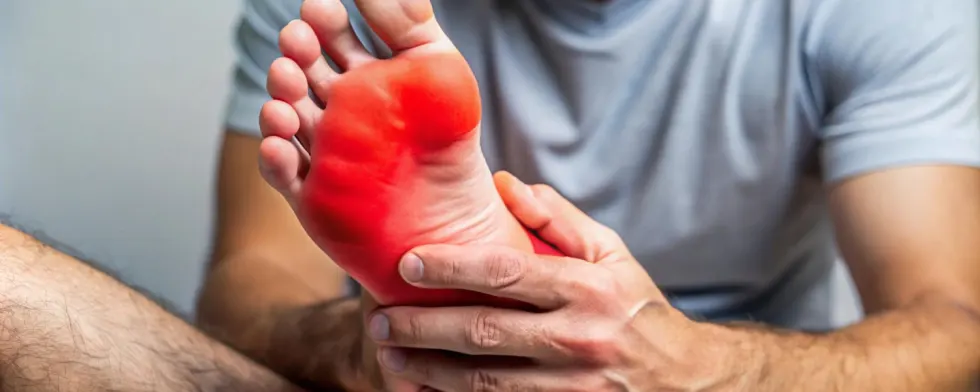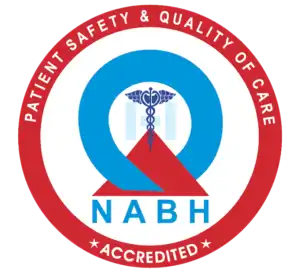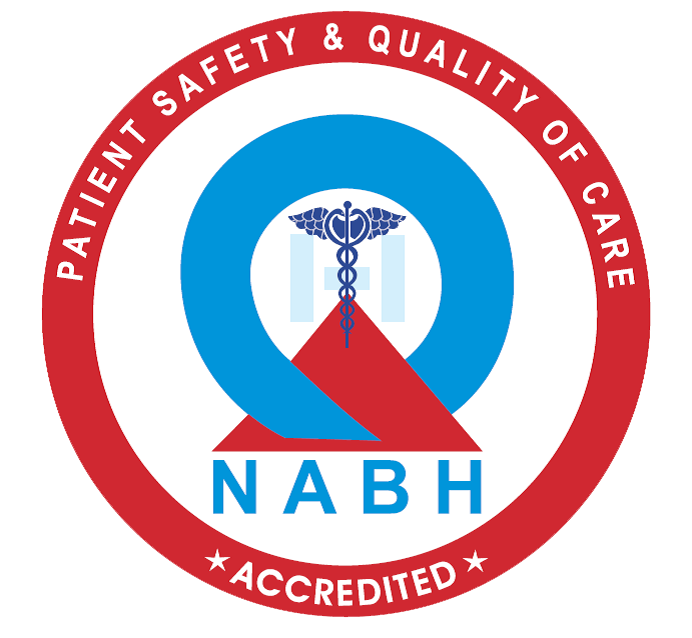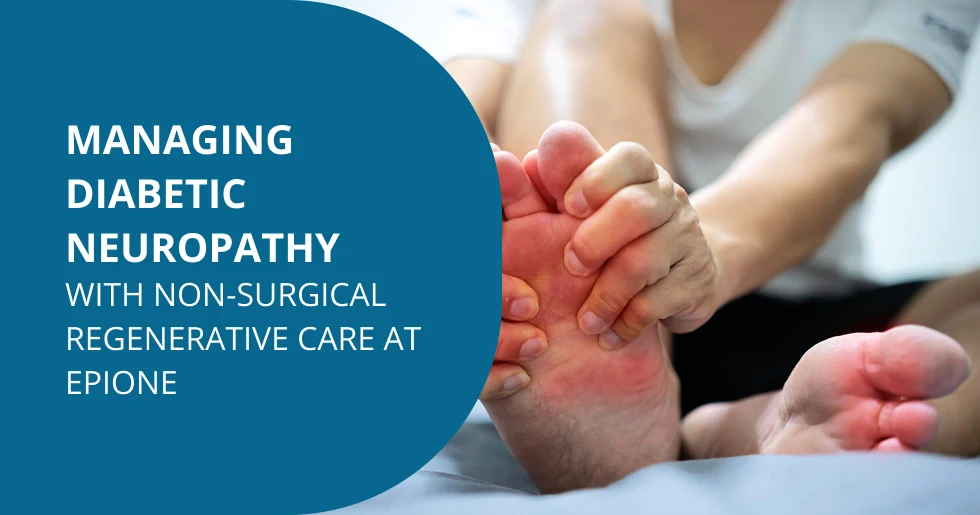Diabetic Peripheral Neuropathy or DPN is one of the most common side effects of diabetes that significantly diminishes the quality of life, making performing daily tasks gruelling. DPN occurs when the small blood vessels that supply the peripheral nerves with nutrients and oxygen are damaged due to chronic high blood sugar.
While we now know what Diabetic Peripheral Neuropathy entails, let us examine how diabetes leads to nerve damage and, over time, DPN.
How Does Diabetes Lead To Nerve Damage?

Small blood vessels or capillaries supply the nerves throughout the body with oxygen and nutrients, which are essential for them to function. However, with diabetes, small blood vessels cannot supply enough nutrients and oxygen to the nerves, thereby damaging them greatly and giving rise to more complex ailments like Diabetic Peripheral Neuropathy.
It is also important to note that when DNS is left untreated, it can be a rapidly degenerative ailment and can cause permanent nerve damage from diabetes.
There are numerous ways that DNS can present itself, and in this article, we will explore a few of the most common symptoms of this degenerative condition.
Common Neuropathic Pain Symptoms
A few of the most common symptoms of nerve damage from diabetes or neuropathic pain symptoms include –
Loss Of Feeling/ Numbness – Patients might feel numbness from their toes to their feet and or numbness in their fingers and hands. The numbness can make it challenging to spot other injuries and changes in temperatures, making the entire ordeal dangerous.
Tingling & Electric Shock Sensations – The damaged nerves can send disruptive signals to the hands and feet, which often cause tingling and electric shock-like sensations in the extremities. This sensation can be very uncomfortable and cause a decline in the patient’s ability to perform daily tasks.
Muscle Weakness – Another common neuropathic pain symptom can present itself as pain and weakness in the muscles. Lack of nutrients and oxygen supply to the nerves causes the muscles to weaken over time, causing pain and fatigue.
Burning Sensation – Like tingling, the nerve damage can cause burning sensations in the hands and legs, which can be painful.
Hyperalgesia – Hyperalgesia is a more intense pain sensation than usual caused by nerve damage. Hyperalgesia can also increase sensitivity to touch, often causing severe pain even from slight touches.
With a clear understanding of the many symptoms, let us now look at when to seek treatment for nerve damage.
When to Seek Treatment for Nerve Damage from Diabetes?

While it is suggested to always keep an eye out for symptoms of DPN when diabetes is diagnosed in patients, here is when we recommend you start neuropathic pain treatment –
- Unusual muscle pain and weakness
- General weakness and lethargy
- Sudden numbness in the hands and legs
- Prolonged tingling or burning sensation in the hands and legs
- Bouts of dizziness and nausea.
- Night sweats
- Improper or involuntary bladder or/and bowel movements &
- Increased time for ulcers or wounds to heal.
Patients undergoing sciatica pain treatment should also consider getting themselves checked for DPN, as both ailments have a similar range of pain and a few shared symptoms.
While severe cases of DPN need invasive procedures to help patients deal with complex symptoms and gruelling pain, timely detection can help specialists start non-invasive procedures, of which we will learn now.
Non-Surgical Options For Neuropathic Pain Treatment

A few of the most common non-surgical neuropathic pain treatments are –
Physical Therapy – Guided physical therapy can help increase the mobility of the feet and hands, increase blood flow and reduce numbness and pain for DPN patients.
Healthy Diet – Adapting a healthy diet can help manage diabetes and decrease the chances of diabetic peripheral neuropathy getting worse.
Application Of Topical Ointments – Topical ointments can help relieve pain and improve blood circulation.
Nerve Block Injections – Nerve block injections can help block pain signals to the brain, helping manage the pain.
Intrathecal Pump Implantation – This treatment involves implanting a device in the intrathecal area of the spinal cord to deliver medication directly to the nerves sending the pain signals to the brain and blocking them.
Role of Regenerative Care in Managing DPN
Regenerative care, like Platelet-rich plasma therapy, has shown promise in repairing tissues and reducing inflammation, providing pain relief for longer durations in DPN patients.
Related Conditions: Sciatica and Cervical Spondylosis
While DPN is distinct from sciatica and cervical spondylosis in terms of what causes them, the symptoms can overlap, making the entire diagnosis more complicated. The best sciatica pain treatment clinics in Bangalore, like Epione, always keep in mind the overlapping nature of the ailments and monitor symptoms closely to provide the patients with the best treatment options.
We hope this article has helped you understand what DPN is and the various treatment options available for patients to manage their ailments. For more information on DPN and cervical spondylosis treatment, and book an appointment with our expert doctors!






